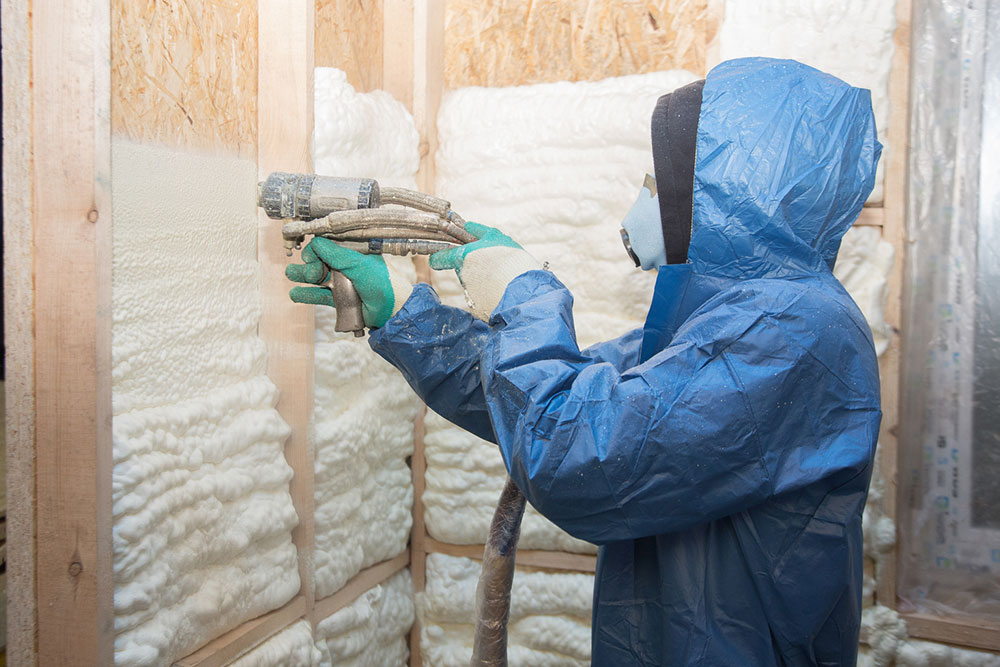5 common spray foam insulation mistakes to avoid

Many homeowners use spray foam insulation to seal off cavities in floors, walls, and ceilings to prevent air from moving in the house. Sometimes, they also fill up spaces around light fixtures and electric outlets. The primary reason is maintaining a constant temperature inside the house to avoid high energy bills. But this purpose is often defeated when people make mistakes while installing insulation. So, here are some common spray foam insulation mistakes to avoid:
1. Failing to do research on the type of insulation required
Most of the time, homeowners need to think about their insulation needs. They don’t invest enough time in understanding that various types of insulation are available, such as aluminum cladding, mineral wool insulation, and fiberglass pipe insulation. Each has advantages and uses, such as being more suited for soundproofing, while another is best for temperature maintenance. Hence, it is crucial to understand why insulation is required and, accordingly, pick a type that would be the best fit.
2. Applying foam too quickly
The efficiency of spray foam insulation is often affected when applied too quickly. Being hasty with the installation can usually leave a lot of spare areas of foam. This usually happens when the spray foam rig has a clogged hose or nozzle. As a result, the foam does not thoroughly cover specific areas. The uneven coating will defeat the purpose of installing the spray foam. A thick and even application is necessary for the insulation to work properly.
3. Installing insulation improperly
A homeowner may stretch out their budget and purchase the best quality of insulation. Yet, it will not work efficiently if the installation is not proper and correct. Whatever the insulation type or quality, it is crucial to follow the installation instructions specified by the manufacturer. Also, unless one is sufficiently skilled in installing insulation, it is best to hire professionals. Insulation contractors know their job well and will ensure the installation is done properly to last longer.
4. Spraying too much foam
Another common spray foam insulation mistake is over-spraying it. The foam layer can pack down the foam material when it is too thick. This can be a problem with certain types of spray foam, such as open-cell ones and closed-cell ones. This ends up expanding a bit after each application. So, waiting a couple of minutes after applying a layer is helpful so the foam can expand to its full size. This will avoid the mistake of over-spraying.
5. Failing to address an odor
It is normal for spray foam to have an odor while installed. However, it is cause for concern if the odor lasts long after the insulation process is done. This can be quite harmful for those working or living in the space where the insulation has been installed. To avoid this, the odor must be handled right at the time of applying the foam insulation. For this, many contractors often use large air exchange units. These are usually kept in the area where the spray foam insulation is being installed.






